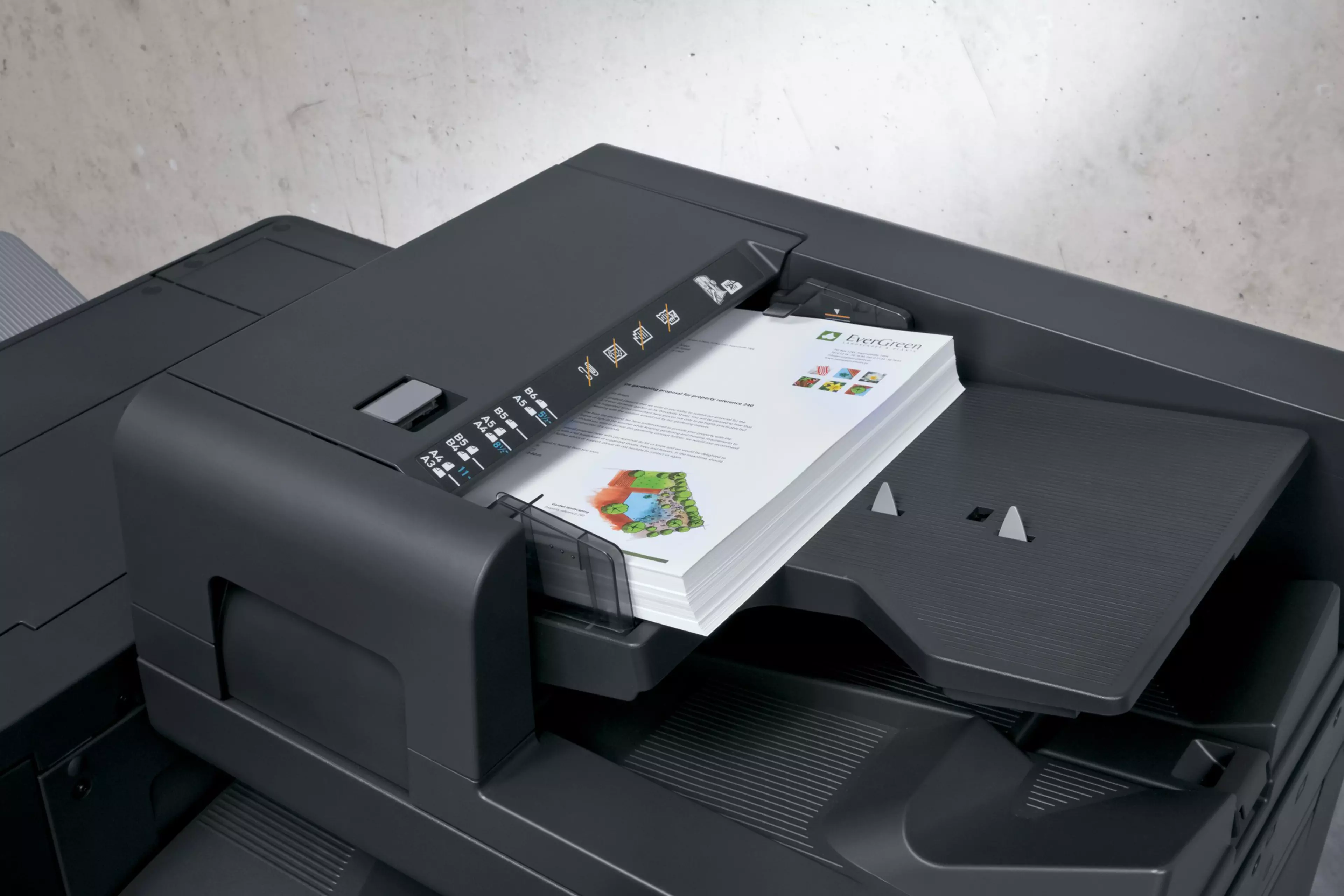Are you and your company already using the cloud? Or do you prefer to rely on your own IT infrastructure, IT-facilities and in-house servers? Perhaps you even have your own data centre. In any case, you are sure to have found yourself faced with the burning question of modern times: how well does a data centre need to be secured given the growing consequences of climate change, such as floods and heatwaves?
Natural forces represent real dangers – strong security standards provide protection
There have been a number of climate-change-related disasters in Europe and across the world in recent months: hurricanes, heavy rain and floods in Germany, Belgium, France, Great Britain and also New York have caused enormous damage in some cases.
According to official maps, the Konica Minolta data centres in Germany and Sweden are located outside the areas vulnerable to even the most serious of flooding.
But heatwaves or fires, as seen recently in Turkey, Greece and Italy, also pose real danger to all people, companies and organisations.
Multi-level fire protection concepts offer the highest levels of security
In March 2021, a devastating fire broke out in the OVH data centre in Strasbourg, France. The data centre and about 12,000 servers burned down completely, and around 3.6 million websites suddenly went offline.
That danger is why Konica Minolta’s data centres have a multi-level fire concept based on several different strategies: all server rooms have fire resistance of at least 90 minutes and are equipped with an early fire detection system in combination with infrared smoke detectors and heat sensors for monitoring.
The fire extinguishing systems installed are based on the extinguishing agent Novec 1230 and offer the highest level of safety. In addition, the power supply in both data centres has been set up as an uninterruptible autonomous system in combination with fail-safe emergency power generators.
Data centre security: what happens in the event of a blackout?
Natural disasters or even a fire can put your company and your IT at risk, but there are other dangers: what happens to the data if there is a power cut, for example? Is there a risk of downtime and data loss? Of course not, because effective safety standards come into play here, too.
The data centre in Germany is equipped with ‘fail-safe emergency power generators’, i.e. with two independent batteries plus two independent diesel engines – the data centre in Sweden has two independent power sources (2N Power System) with multiply redundant block technology. This means that the generators can be operated independently of each other for at least 72 hours in Germany and 24 hours in Sweden.
Physical security: why different security zones are so important
The protection of the data centre itself, i.e. the buildings and their surroundings, is another significant element in ensuring the security of all the data.
Our data centres are protected and shielded by five different security zones, each of which implements the highest security standards. These zones are:
- Campus
- Data Centre Entrance
- Connection Corridor
- Technical Environment
- Server Room
Data centre security: the characteristics of a secure data centre
Green power: thinking about tomorrow amid climate change
Cloud printing security: certified security on various levels
Cloud printing: access control with secure authentication
The Konica Minolta cloud printing solution SAFEQ Cloud ensures security on various levels: including encryption of data at rest, and hashing of users’ passwords in line with industry best practices. When users choose scan-to-email, an additional level of at-rest and in-transit encryption is provided.
The Zero Trust principle ensures secure authentication before printing. Essentially, it means that no one inside or outside a network is trusted. Instead, at all stages of the printing process, the mantra is: don’t trust anyone without secure authentication.
In addition, the multi-tenant offering from SAFEQ Cloud ensures real separation of the data: the tenants are separated in the database via containers or have physical database separation. This means there are no interfaces with other clients and your data can not be viewed by others.
In the unlikely event that a security key is broken, only that container/tenant can be accessed, not any other tenants.
Help with decision making: on-premises or cloud – what suits my organisation?
- Where do I stand / where do we stand on the subject of security? There are often security concerns when it comes to cloud solutions – rightly so, because there are differences between providers. But: in terms of security, a certified data centre is virtually unbeatable.
- An important question when it comes to cloud printing security: how does any necessary collaboration with other established partners in the IT sector work?
- What resources do we have currently? For example in terms of hardware, bandwidth, staff, etc.
- What resources will we need in future? For example in terms of hardware, bandwidth, staff, etc.
- What legal requirements apply for my/our organisation? For example in terms of compliance and data protection regulations.



